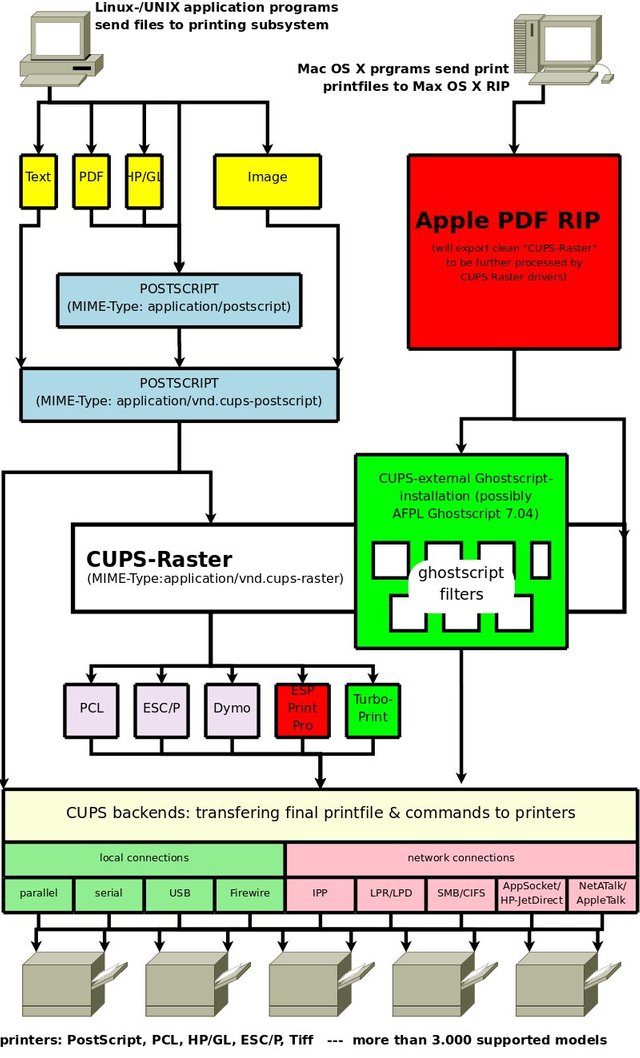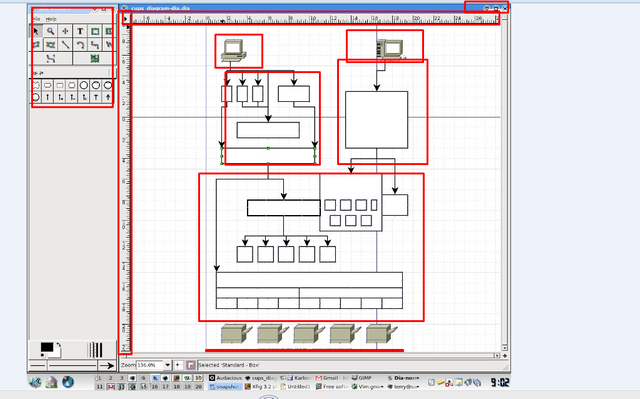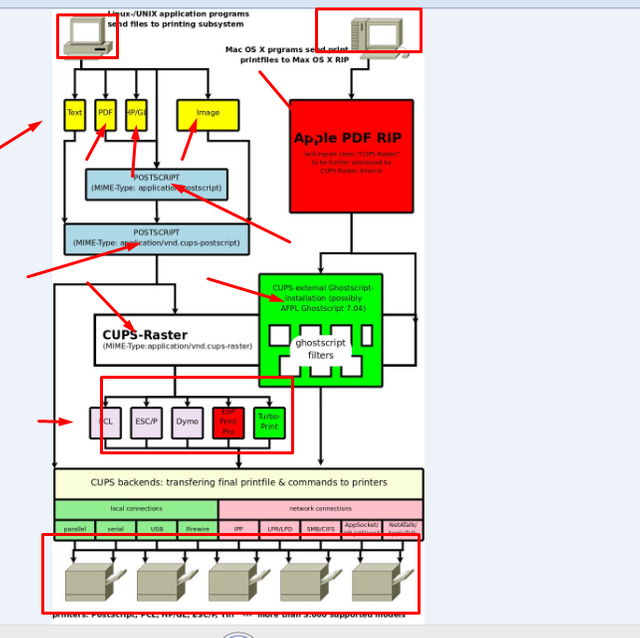Introduction
About
Site
Dia
Accessible for
windows* macintosh
linux** unix
java
Labels
graphing chart
Download Dia
Dia is intended to be much similar to the business Windows program 'Visio'. It can be utilized to draw a wide range of sorts of charts. It at present has unique items to help draw substance relationship graphs, UML outlines, stream graphs, arrange charts, and basic circuits. It is likewise conceivable to include bolster for new shapes by composing basic XML records, utilizing a subset of SVG to draw the shape.
It can load and spare graphs to a custom XML design (gzipped naturally, to spare space), can trade outlines to EPS or SVG arranges and can print charts (counting ones that traverse various pages).
Counting Dia in this arrangement is a tad of an extend, on the grounds that it isn't a customary "vector realistic editorial manager". Rather, Dia works at a fairly more elevated amount of deliberation. However, since that reflection is extremely fitting for dataflow charts, (for example, the one I picked as a correlation venture), I believe it's imperative to note what it can do. Dia is exceptionally valuable, however it's occasionally disappointing, in light of the fact that the possibility of it proposes desires well past what it can really do. Moreover, there are bugs in parts of the program. In any case, for what it can do, it is irreplaceable.
Topic A diagram editor
Dia is particularly charged as a "chart editorial manager", which is obviously where the name originates from. Despite the fact that I've never utilized Visio, I have heard Dia contrasted with it. The principle highlights of Dia are a profoundly coordinate arrangement of image libraries and a little arrangement of crude illustrations apparatuses which give content, boxes, circles, polylines, and bezier bends. On a basic level, you can make vector illustrations "without any preparation" in Dia, however the interface favors utilizing the implicit images and essentially associating them utilizing "crisscross lines" (or "connectors")
Topic B Symbol libraries
Since the key part of Dia is the utilization of image libraries, it's essential to consider which are accessible, and which may suit the undertaking you are taking a shot at. There are 34 "sheets" of images in my establishment of Dia (Version 0.96.1, as bundled for Debian "Lenny"). Of these, most are not much use to me, but rather I do get a great deal of utilization out of the "UML" sheet for doing object-arranged plan of programming.
Since the key part of Dia is the utilization of image libraries, it's critical to consider which are accessible
For this undertaking, we for the most part needn't bother with much else besides the crude rectangular box, so we won't generally get much use from the image libraries. Be that as it may I picked images for the GNU/Linux/Unix PC, the Macintosh, and the printers.
Topic C Text handling
Content is quite basic in Dia. There is no content editing discourse thusly, however right-clicking and choosing "Alter" on a content question gives you choices to do things like "Glue Text" from the clipboard into the protest. This was extremely valuable for exchanging marks from the ASCII workmanship unique into my illustration.
Protest properties for content incorporate the size, a little choice of text styles (there is evidently a broadened textual style discourse, in spite of the fact that endeavoring to utilize it makes Dia solidify up on my framework. I don't know why this is), and obviously, shading.
Topic D Connectors
The superstar are the "crisscross" connectors. These lines take after the commonplace straight-line vertical or level example that I'm certain you've seen in numerous graphs. Handles on the connector enable you to change the endpoints and furthermore the area of the "crisscross".
At the point when a connector endpoint lines up with a stay hub on an image or illustrations crude protest, the question is featured to show the association. Dropping the connector endpoint there makes an association be made. Once associated, moving the question will drag the connector alongside it, keeping the semantic substance of the outline unaltered.
Se
screen shots


Your contribution cannot be approved because it does not follow the Utopian Rules, and is considered as plagiarism. Plagiarism is not allowed on Utopian, and posts that engage in plagiarism will be flagged and hidden forever.
Original post
You can contact us on Discord.
[utopian-moderator]
Downvoting a post can decrease pending rewards and make it less visible. Common reasons:
Submit
Hey @emrebeyler, I just gave you a tip for your hard work on moderation. Upvote this comment to support the utopian moderators and increase your future rewards!
Downvoting a post can decrease pending rewards and make it less visible. Common reasons:
Submit